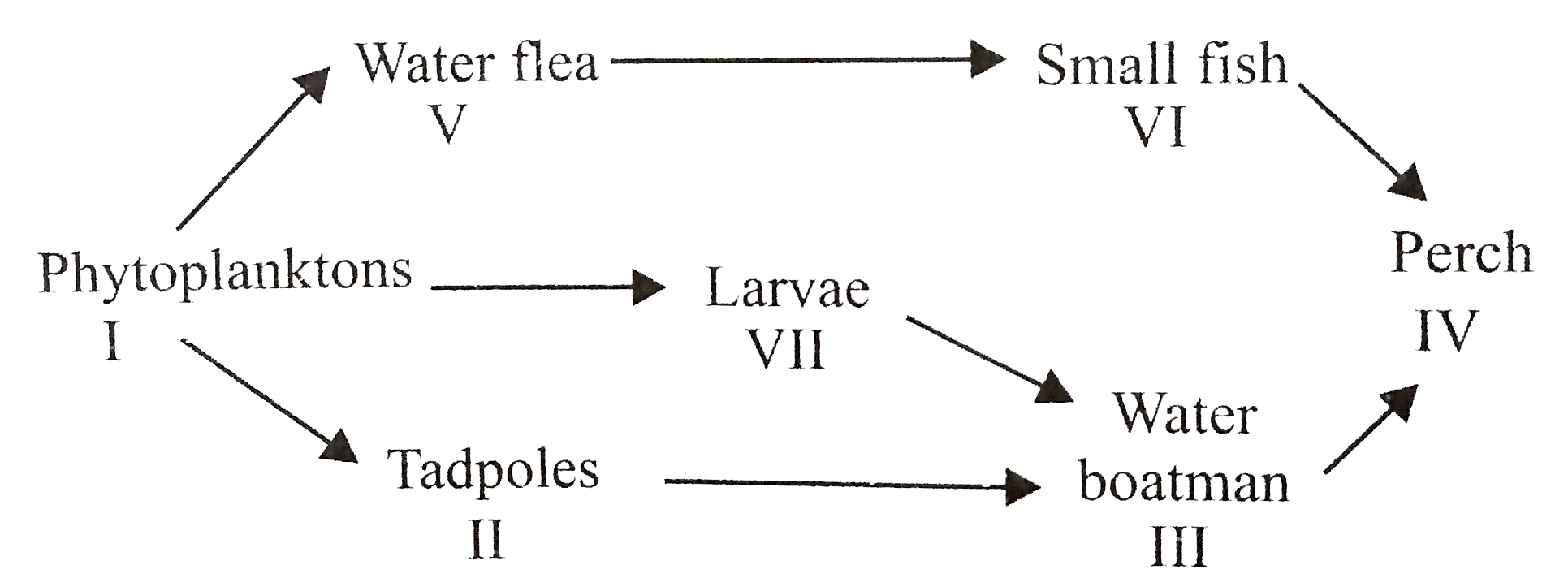Which of the following kingdoms contains organisms that obtain their food by absorption through hyphae and never develop from embryos ?
Protista
Animalia
Plantae
Fungi
The correct Answer is:D
To solve the question, "Which of the following kingdoms contains organisms that obtain their food by absorption through hyphae and never develop from embryos?" we will analyze each of the provided options step by step.
1. Understand the Question: We need to identify a kingdom of organisms that absorbs nutrients through hyphae and does not develop from embryos.
2. Analyze the Options:
- Option 1: Protista:
- Organisms in this kingdom are primarily unicellular eukaryotes. They can be autotrophic (like algae) or heterotrophic (like some protozoans). They do not primarily absorb nutrients through hyphae.
- Conclusion: Not the correct option.
- Option 2: Animalia:
- This kingdom consists of multicellular eukaryotes that are heterotrophic and ingest food. They do not absorb nutrients through hyphae and they develop from embryos.
- Conclusion: Not the correct option.
- Option 3: Plantae:
- Organisms in this kingdom are multicellular eukaryotes that are autotrophic, meaning they produce their own food through photosynthesis. They do not absorb nutrients through hyphae and develop from embryos.
- Conclusion: Not the correct option.
- Option 4: Fungi:
- Fungi are multicellular eukaryotes that obtain their nutrients through absorption. They do this via hyphae, which form a network called mycelium. Fungi do not develop from embryos; they reproduce via spores.
- Conclusion: This is the correct option.
3. Final Answer: The kingdom that contains organisms that obtain their food by absorption through hyphae and never develop from embryos is Fungi.
- Option 1: Protista:
- Organisms in this kingdom are primarily unicellular eukaryotes. They can be autotrophic (like algae) or heterotrophic (like some protozoans). They do not primarily absorb nutrients through hyphae.
- Conclusion: Not the correct option.
- Option 2: Animalia:
- This kingdom consists of multicellular eukaryotes that are heterotrophic and ingest food. They do not absorb nutrients through hyphae and they develop from embryos.
- Conclusion: Not the correct option.
- Organisms in this kingdom are multicellular eukaryotes that are autotrophic, meaning they produce their own food through photosynthesis. They do not absorb nutrients through hyphae and develop from embryos.
- Conclusion: Not the correct option.
- Fungi are multicellular eukaryotes that obtain their nutrients through absorption. They do this via hyphae, which form a network called mycelium. Fungi do not develop from embryos; they reproduce via spores.
- Conclusion: This is the correct option.
Topper's Solved these Questions
- THE LIVING WORLD BOOK - ICSECHAPTER - THE LIVING WORLD EXERCISE - Test Your Progress (Fill in the blanks with appropriate words.)
30 Videos
- THE LIVING WORLD BOOK - ICSECHAPTER - THE LIVING WORLD EXERCISE - Test Your Progress (True or False )
32 Videos
- STRUCTURE ORGANISATION IN ANIMALS -ANIMAL TISSUESBOOK - ICSECHAPTER - STRUCTURE ORGANISATION IN ANIMALS -ANIMAL TISSUESEXERCISE - REVIEW QUESTIONS (LONG ANSWER TYPE QUESTIONS)
12 Videos
- TRANSPORT IN PLANTS BOOK - ICSECHAPTER - TRANSPORT IN PLANTS EXERCISE - NCERT EXERCISE WITH ANSWER (DIFFERNTIATE BETWEEN )
16 Videos
Similar Questions
Knowledge Check

Which of the following organisms in the given food web act both as apredator and a prey?AI,II and IVBII,III and VCII,III,V,VI and VIIDII,III and VI
Which of the following taxonomic ranks contain organism most similar to one another?
View SolutionWhich of the following cannot be obtained from an IC?
View Solutionwhich of the following taxonomical ranks contain organisms least similar to one another
View SolutionWhich of the following nerves arises from organ of Corti?
View SolutionWhich of the following kingdoms include organisms with chemosynthetic autotrophic mode of nutrition?
View SolutionWhich of the following plant organs do not contains collenchyma
View SolutionIn which of the following groups all the organisms contain chlorophyll c
View Solution
